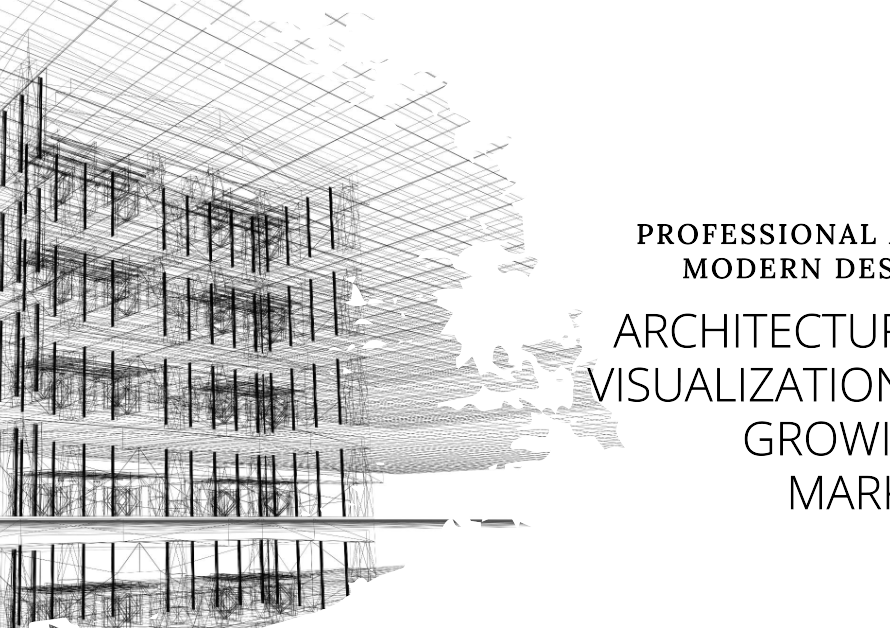
Table of Contents
Introduction:
Architecture – In the vast expanse of the digital realm, web services stand as the backbone of modern connectivity, facilitating seamless interaction and data exchange across the globe. Behind the curtain of user-friendly interfaces lies a complex architecture that orchestrates the flow of information, ensuring reliability, scalability, and efficiency. In this illuminating discourse, we delve into the intricacies of web service architecture, unraveling the frameworks and paradigms that underpin this indispensable technology.
Understanding Web Services:
At its core, web services encapsulate a set of protocols and standards that enable interoperability between disparate systems over the internet. Whether it’s fetching real-time weather data, processing online payments, or orchestrating intricate business workflows, web services serve as the conduit for transmitting data between client and server applications. By adhering to universally accepted protocols such as HTTP, SOAP, and REST, web services transcend platform boundaries, fostering seamless integration and collaboration.
The Evolution of Web Service Architecture:
The landscape of web service architecture has evolved significantly over the years, mirroring the dynamic demands of the digital ecosystem. Initially, Simple Object Access Protocol (SOAP) emerged as the de facto standard, emphasizing a rigorous, XML-based messaging protocol for communication. However, the heavyweight nature of SOAP led to the emergence of Representational State Transfer (REST), a lightweight architectural style that leverages HTTP verbs for data manipulation. This paradigm shift heralded a new era of simplicity and flexibility in web service design, paving the way for RESTful APIs to dominate the digital landscape.
The Pillars of Web Service Architecture:
Within the realm of web service architecture, several foundational principles govern the design and implementation of robust and scalable systems. Firstly, interoperability reigns supreme, as web services must transcend platform and language barriers to facilitate seamless communication. Secondly, scalability ensures that web services can handle varying loads and accommodate the growing demands of users and applications. Thirdly, security stands as a paramount concern, with mechanisms such as encryption, authentication, and access control safeguarding sensitive data from malicious actors.
Exploring Architectural Styles:
In the realm of web service architecture, various paradigms and styles coexist, each offering unique advantages and trade-offs. REST, or Representational State Transfer, embodies a stateless, client-server architecture that emphasizes resource-oriented communication via HTTP. RESTful APIs, characterized by their simplicity and scalability, have become ubiquitous in modern web development, powering everything from social media platforms to e-commerce websites. Conversely, SOAP (Simple Object Access Protocol) adheres to a more rigid, XML-based messaging protocol, prioritizing comprehensive messaging formats and standardized communication.
Deciphering RESTful Architecture:
At the heart of RESTful architecture lies a set of guiding principles that dictate the design and behavior of web services. Chief among these principles is statelessness, whereby each request from a client to the server must contain all the necessary information for the server to fulfill the request, without relying on previous interactions. Additionally, REST emphasizes a uniform interface, leveraging standard HTTP methods such as GET, POST, PUT, and DELETE for resource manipulation. By embracing these principles, RESTful APIs achieve unparalleled simplicity, scalability, and flexibility, making them the preferred choice for modern web applications.


Unraveling the SOAP Protocol:
In contrast to REST, SOAP (Simple Object Access Protocol) embodies a more structured and verbose approach to web service communication. At its core, SOAP relies on XML as the messaging format, encapsulating data within envelopes and adhering to strict message exchange patterns. While SOAP offers robust features such as built-in error handling and security mechanisms, its complexity and overhead make it less suitable for lightweight, resource-oriented applications. Nevertheless, SOAP remains prevalent in enterprise environments where strict adherence to standards and protocols is paramount.
Examining Microservices Architecture:
In recent years, microservices architecture has emerged as a paradigm shift in web service design, offering unparalleled flexibility and scalability. Unlike monolithic architectures, where applications are built as a single, cohesive unit, microservices decompose complex systems into smaller, independent services, each responsible for a specific business function. This modular approach enables rapid development, deployment, and scaling, empowering organizations to adapt to changing market conditions and user demands with agility.
Conclusion:
In the ever-evolving landscape of web service architecture, understanding the underlying frameworks and paradigms is essential for crafting robust, scalable, and interoperable systems. Whether it’s embracing the simplicity of RESTful APIs, harnessing the power of SOAP for enterprise-grade solutions, or adopting microservices for unparalleled agility, architects and developers must navigate a diverse array of options to meet the demands of modern applications. By adhering to core principles such as interoperability, scalability, and security, web service architecture lays the foundation for a connected, digital world.



